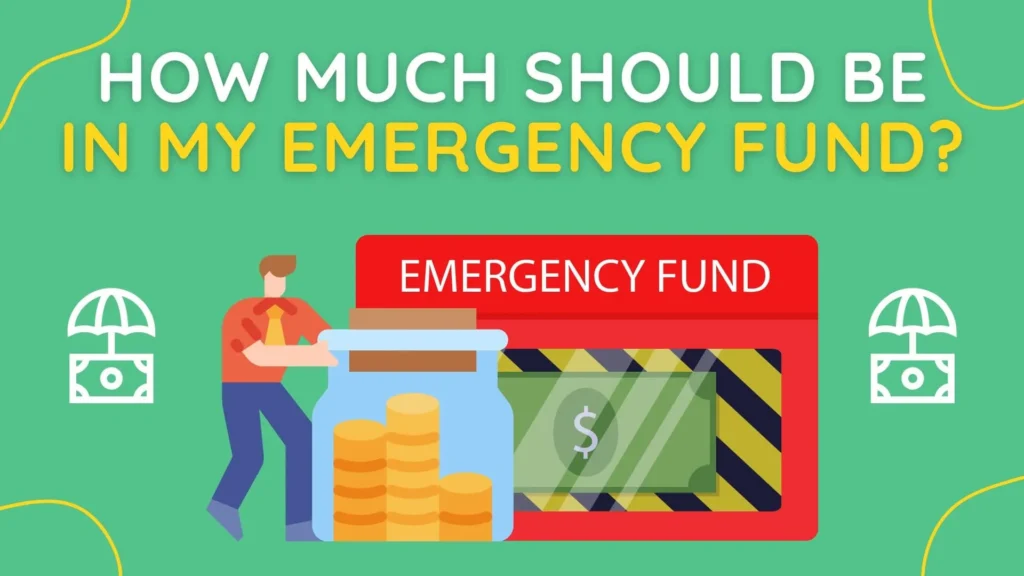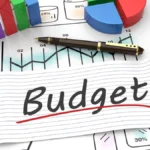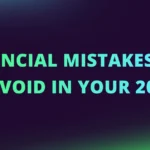Emergencies rarely come with a warning. Whether it’s a sudden job loss, a major medical bill, or an urgent car repair, these situations can wreak havoc on your finances if you’re not prepared. An emergency fund serves as a vital financial cushion, helping you stay afloat during tough times without falling into debt. If you’ve been meaning to start one but don’t know where to begin, this comprehensive guide will show you how to build an emergency fund from scratch—regardless of your current income level or financial background.
💡 Why an Emergency Fund Is Absolutely Essential in 2025
The world is becoming more unpredictable every year. From global pandemics and economic downturns to unexpected personal life events, financial instability can arise at any moment. In 2025, economic uncertainty continues to challenge individuals and families, making emergency preparedness more crucial than ever.
Here’s why you need an emergency fund:
- It covers critical living expenses when your income is disrupted.
- It prevents the accumulation of high-interest debt during a crisis.
- It offers peace of mind and helps you make sound decisions under pressure.
You don’t have to be wealthy to build a safety net. Even people living paycheck to paycheck can create an emergency fund with the right plan, patience, and discipline.
💰 Step 1: Set a Realistic Yet Ambitious Emergency Fund Goal
The first step is to figure out how much you truly need. Tally up your essential monthly expenses, including:
- Rent or mortgage payments
- Utilities (electricity, water, gas, internet)
- Food and groceries
- Transportation and fuel
- Insurance (health, car, renter’s)
- Minimum required loan or debt repayments
General Guideline: Save enough to cover 3 to 6 months of essential expenses. If you work in a volatile industry or are self-employed, aim for 9–12 months’ worth.
Example Scenario: If your essentials amount to $2,500/month, your target should be between $7,500 and $15,000.
Start small if needed. A beginner goal of $500 to $1,000 can still help you handle minor unexpected costs like a medical co-pay or car repair.
📝 Step 2: Open a Separate and Dedicated Savings Account
Your emergency fund needs its own space—completely separate from your day-to-day spending accounts. This reduces temptation and ensures it’s there when you truly need it.
Choose:
- A high-yield savings account (preferably with no fees)
- One that doesn’t come with a debit card or easy ATM access
- Online banks that offer automation and higher interest rates
Recommended Banks:
Automate transfers from your checking account to this dedicated emergency account.
📊 Step 3: Audit Your Budget and Reallocate Wisely
Look over your current spending habits and identify areas where you can trim expenses. You may be surprised at how much is slipping through the cracks.
Cut back on:
- Daily coffee shop runs or takeout meals
- Streaming services or unused subscriptions
- Impulse purchases
Use budgeting apps for better visibility and control:
Direct any newfound savings into your emergency fund. Even a consistent $50/month can grow significantly over time.
🔁 Step 4: Automate Your Savings Strategy
Set it and forget it. Automating your savings removes the decision-making process and makes it easier to build your fund over time.
Ideas for Automation:
- Transfer $25–$100 every payday into your emergency fund
- Increase the amount gradually as your income grows
- Use “round-up” apps that move spare change from purchases into savings
Consistency matters more than the amount. The habit of saving becomes second nature when it’s automated.
💵 Step 5: Redirect Windfalls Toward Your Emergency Fund
Whenever you receive extra money outside your regular income, consider it a golden opportunity to grow your fund.
Sources of windfalls include:
- Tax refunds
- Holiday or performance bonuses
- Birthday or holiday gifts
- Stimulus payments
- Credit card cashback rewards
Put at least 50% (ideally more) of any windfall into your emergency fund. You won’t miss it because it wasn’t part of your normal budget.
🔄 Step 6: Make Emergency Savings a Shared Priority
If you live with a partner or family, get everyone involved. A shared goal builds accountability and faster progress.
Pro Tips:
- Set monthly milestones and track them visually
- Give your account a nickname like “Peace of Mind Fund”
- Celebrate small wins together (without spending your savings!)
Having a team mindset makes the process more sustainable and less stressful.
📈 Step 7: Scale Up Over Time With Intent
Once you’ve built your initial emergency cushion, don’t stop. Increase your contributions as your financial situation improves.
How to scale up:
- Allocate freed-up money from paid-off debts
- Funnel side gig or freelance income directly into your fund
- Contribute part of any raises, overtime, or commissions
A healthy emergency fund is a living, breathing account that should grow with your lifestyle.
🚫 What NOT to Do With Your Emergency Fund
Avoid these common mistakes to ensure your fund remains effective:
- Don’t invest it in volatile assets like stocks or crypto—these fluctuate too much.
- Don’t use it for planned expenses like vacations, weddings, or gifts.
- Don’t dip into it for convenience unless it’s a true emergency.
Your emergency fund should be liquid, safe, and strictly reserved for the unexpected.
🧮 Useful Tools and Calculators
Use these free tools to estimate your savings goals and track progress:
💬 FAQs: Everything You Need to Know About Emergency Funds
Q1: Should I build an emergency fund or pay off debt first?
Start with a mini emergency fund of $1,000–$2,000. Once that’s set, focus aggressively on high-interest debt while still contributing small monthly amounts to your fund.
Q2: Where is the safest place to store my emergency fund?
Keep it in a high-yield savings account. This offers liquidity and a small amount of interest without exposing your money to risk.
Q3: How can I avoid dipping into it for everyday expenses?
Make access slightly inconvenient—no debit cards, no checkbook, and label the account clearly. Remind yourself of the purpose regularly.
Q4: Is it a good idea to invest my emergency fund for higher returns?
Not at all. Your emergency fund should prioritize safety and accessibility. Investing introduces risk and delays access during a crisis.
Q5: What truly qualifies as an emergency?
Qualifying events include:
- Loss of income (job loss, reduced hours)
- Major medical expenses
- Urgent home or vehicle repairs
- Sudden relocation or family emergencies
🔚 Final Thoughts: Build Your Shield, One Dollar at a Time
Creating an emergency fund from scratch may seem daunting, but it’s one of the most empowering steps you can take for your financial future. It doesn’t require a massive income—just dedication and consistency.
Start where you are. Save what you can. Build habits that last. Over time, your emergency fund will grow into a powerful buffer between you and the unexpected.
Because when life throws you a curveball, having that financial cushion means you can catch it with confidence—instead of panic.
Begin today. Your future self will thank you tomorrow.
🎁 Want a Surprise?
Click here to get redirected to a random post


